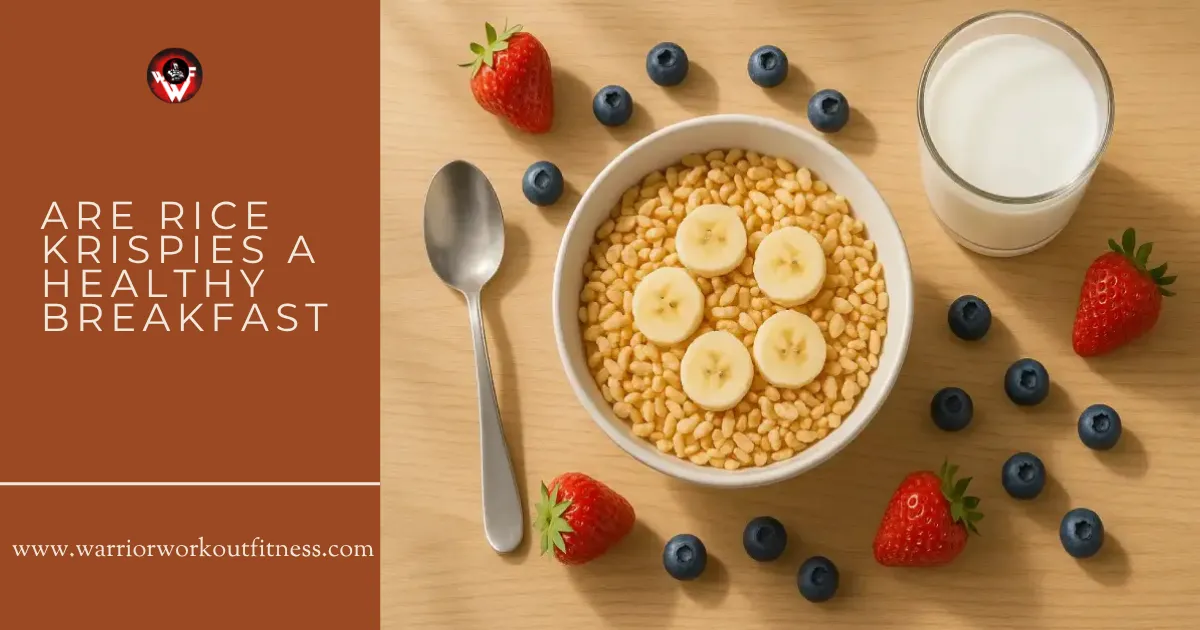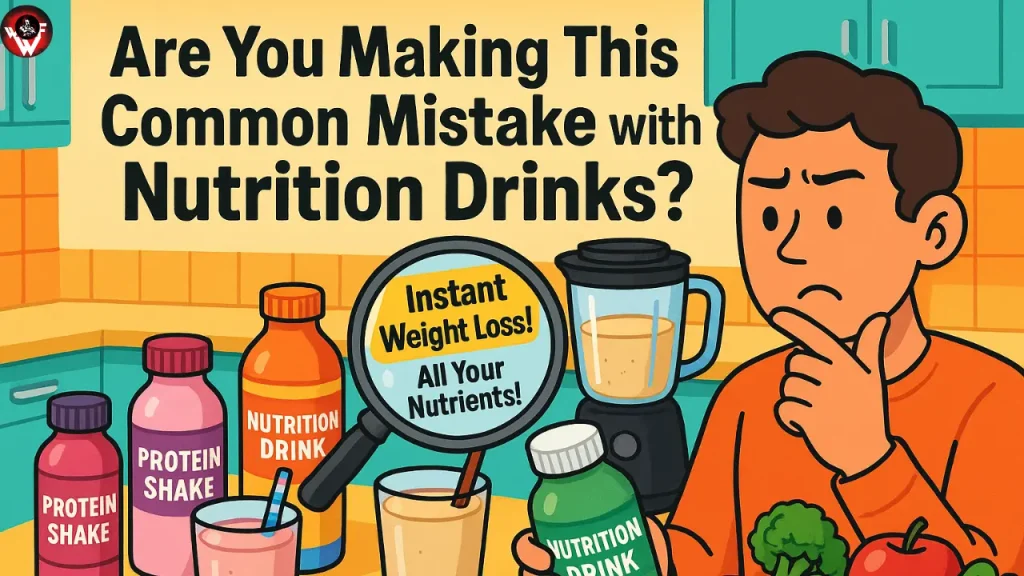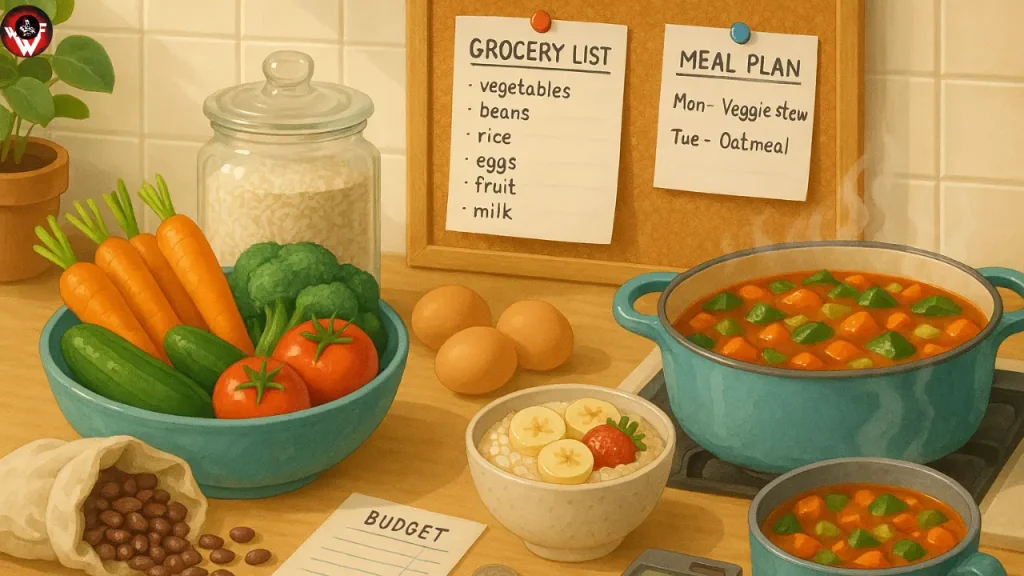
Rice Krispies—the classic snap, crackle, and pop cereal from childhood—is still a breakfast staple for many. But with growing awareness around nutrition and sugar content, it’s fair to ask: Are Rice Krispies a healthy breakfast option? Or are they simply a nostalgic sugar bomb dressed in a crunchy disguise?
In this article, we’ll examine what Rice Krispies are made of, evaluate their nutritional value, assess health benefits and risks, and compare them to other cereals. We’ll also help you decide whether to keep or swap Rice Krispies in your morning routine.
What Are Rice Krispies?
Rice Krispies, also known as Rice Bubbles in some countries, are puffed rice cereals manufactured by Kellogg’s. The product is made by cooking rice and then toasting it, which causes the rice to puff up and become crispy.
They’re widely recognized for their distinct sound when milk is poured—“Snap, Crackle, Pop!”—and have been a staple in Western breakfast culture for over 90 years.
Ingredients in Classic Rice Krispies
The original Rice Krispies cereal contains:
- Milled rice
- Sugar
- Salt
- Malt flavoring (from barley)
- Vitamins and minerals (such as iron, vitamin B1, B2, niacin, folic acid, and vitamin D)
That’s a fairly short ingredient list, but don’t be fooled—“simple” doesn’t always mean “healthy.”
Rice Krispies Nutrition Facts (per 100g, dry cereal)
| Nutrient | Amount |
| Calories | 375 kcal |
| Carbohydrates | 87 g |
| Sugars | 10 g |
| Protein | 7 g |
| Fat | 0.5 g |
| Fiber | 1 g |
| Sodium | 580 mg |
| Added Vitamins/Minerals | B Vitamins, Iron, D |
Note: 1 serving = ~33g (about 1 cup)
With milk, these values change due to added protein, fat, and sugar (especially with flavored milk).
Are Rice Krispies Good for You? Let’s Break It Down
✅ Pros
1. Low in Fat
Rice Krispies are naturally low in fat, making them ideal for low-fat diet plans.
2. Fortified with Vitamins
The cereal contains added B vitamins (like B12, niacin, and folate) and iron, supporting energy metabolism and red blood cell production.
3. Low in Calories (Per Serving)
A single cup contains about 130 calories, making it suitable for light eaters or those watching caloric intake.
4. Quick and Convenient
If you need something fast and non-perishable, Rice Krispies are a go-to for busy mornings.
5. Gluten-Free Option Available
Kellogg’s has introduced a gluten-free version of Rice Krispies, made with brown rice—suitable for people with celiac disease or gluten intolerance.
❌ Cons
1. Low in Fiber
With only 1g of fiber per 100g, Rice Krispies fail to support digestive health or long-lasting satiety.
✅ Pro Tip: Combine with chia seeds, flax, or fruit to boost fiber.
2. Refined Carbohydrates
The cereal is made from milled white rice, which is a refined grain. This leads to a high glycemic index, meaning it can spike blood sugar quickly.
3. Added Sugar
Despite its “plain” taste, Rice Krispies contain added sugar. While 3–4g per serving may not seem much, when combined with sweetened milk or toppings, it adds up fast.
4. Lack of Protein
Only 2g of protein per serving, which is too low to keep you full or fuel muscle recovery.
5. High Sodium
580 mg of sodium per 100g is relatively high for a cereal. Excess sodium can raise blood pressure over time.
Do Rice Krispies Offer Any Health Benefits?
Yes—but only when consumed in moderation and balanced with other nutrients.
✅ Possible Benefits:
- Helps meet iron and vitamin B needs (especially important for women and vegetarians)
- Can serve as a light meal or snack for those with digestive issues or recovering from illness
- When paired with high-protein milk and fruit, can become a balanced breakfast
Who Should Be Cautious?
- Diabetics: Due to the high GI and added sugar.
- Kids: Many children pair it with flavored milk or add extra sugar.
- People trying to lose weight: Low protein + low fiber = faster hunger rebound.
- Athletes or gym-goers: Too low in complex carbs and protein for sustained energy.
Are Rice Krispies Better Than Other Cereals?
Let’s compare with popular breakfast cereals:
| Cereal | Fiber (per 100g) | Sugar (per 100g) | Protein | Verdict |
| Rice Krispies | 1g | 10g | 7g | Low fiber, moderate sugar |
| Cheerios | 10g | 4g | 12g | Higher fiber, healthier |
| Frosted Flakes | 2g | 37g | 4g | High sugar |
| Bran Flakes | 15g | 12g | 10g | Great fiber, decent sugar |
| Special K | 3g | 14g | 7g | Moderate in all areas |
Winner? Bran cereals or unsweetened whole grain cereals often beat Rice Krispies in nutritional density.
How to Make Rice Krispies Healthier
If you love Rice Krispies but want to eat them more mindfully, here are some hacks:
🥣 Upgrade Your Bowl:
- Add sliced banana, apple, or berries for natural sweetness and fiber.
- Mix in protein powder or collagen peptides.
- Use Greek yogurt or soy milk instead of regular milk for more protein.
- Sprinkle chia seeds, flaxseeds, or hemp hearts for fiber and omega-3s.
- Combine with rolled oats or bran flakes to increase satiety.
💡 Creative Ideas:
- Use Rice Krispies as a base for homemade granola bars (but control the sugar).
- Turn them into healthy breakfast parfaits layered with fruit and yogurt.
- Make a savory Rice Krispies mix with nuts and spices instead of sugary snacks.
Are Rice Krispies Treats Healthy?
Short answer: No.
Rice Krispies Treats are made with marshmallows, butter, and cereal, making them high in sugar and fat. While tasty, they’re more of a dessert than a breakfast.
The Final Verdict: Are Rice Krispies Healthy?
✅ Yes, if:
- You eat them occasionally as part of a balanced diet.
- You enhance them with fruits, nuts, and protein.
- You are looking for a low-fat, fortified, easy-to-digest breakfast.
❌ No, if:
- You rely on them daily as your main breakfast.
- You add more sugar or flavored milk.
- You are diabetic, highly active, or need more fiber/protein.
Expert Tips for Smart Cereal Choices
- Always read the label: Look for low sugar (under 5g/serving) and high fiber (3g+ per serving).
- Balance it out: Add healthy fats (nuts), protein (milk/yogurt), and fiber (fruit) to your cereal.
- Rotate your grains: Try oats, quinoa flakes, bran, and whole grains to avoid nutrient gaps.
- Watch portion sizes: The average person eats 2–3x the suggested serving without realizing it.
FAQ
Q1: Are Rice Krispies gluten-free?
Only the specially labeled gluten-free version is safe for celiacs. Standard Rice Krispies may contain barley malt.
Q2: Can toddlers eat Rice Krispies?
Yes, but in moderation and preferably with unsweetened milk and fresh fruit. Avoid sugary versions.
Q3: Are Rice Krispies good for weight loss?
They’re low in calories but also low in protein and fiber—so not the best for staying full. Pair with protein for better results.
Q4: Can I eat Rice Krispies before a workout?
They provide quick carbs, so they’re fine 30–60 minutes before light activity, but not ideal for long or intense workouts.
Final Thoughts
Rice Krispies might not be a nutritional powerhouse, but they’re not a total breakfast disaster either. In the hierarchy of cereals, they fall somewhere in the middle—better than sugary flakes, but not as good as high-fiber, high-protein options.
If you enjoy them, there’s no need to cut them out. Just upgrade your bowl with smarter toppings, limit portion sizes, and include them as part of a balanced weekly breakfast routine.



